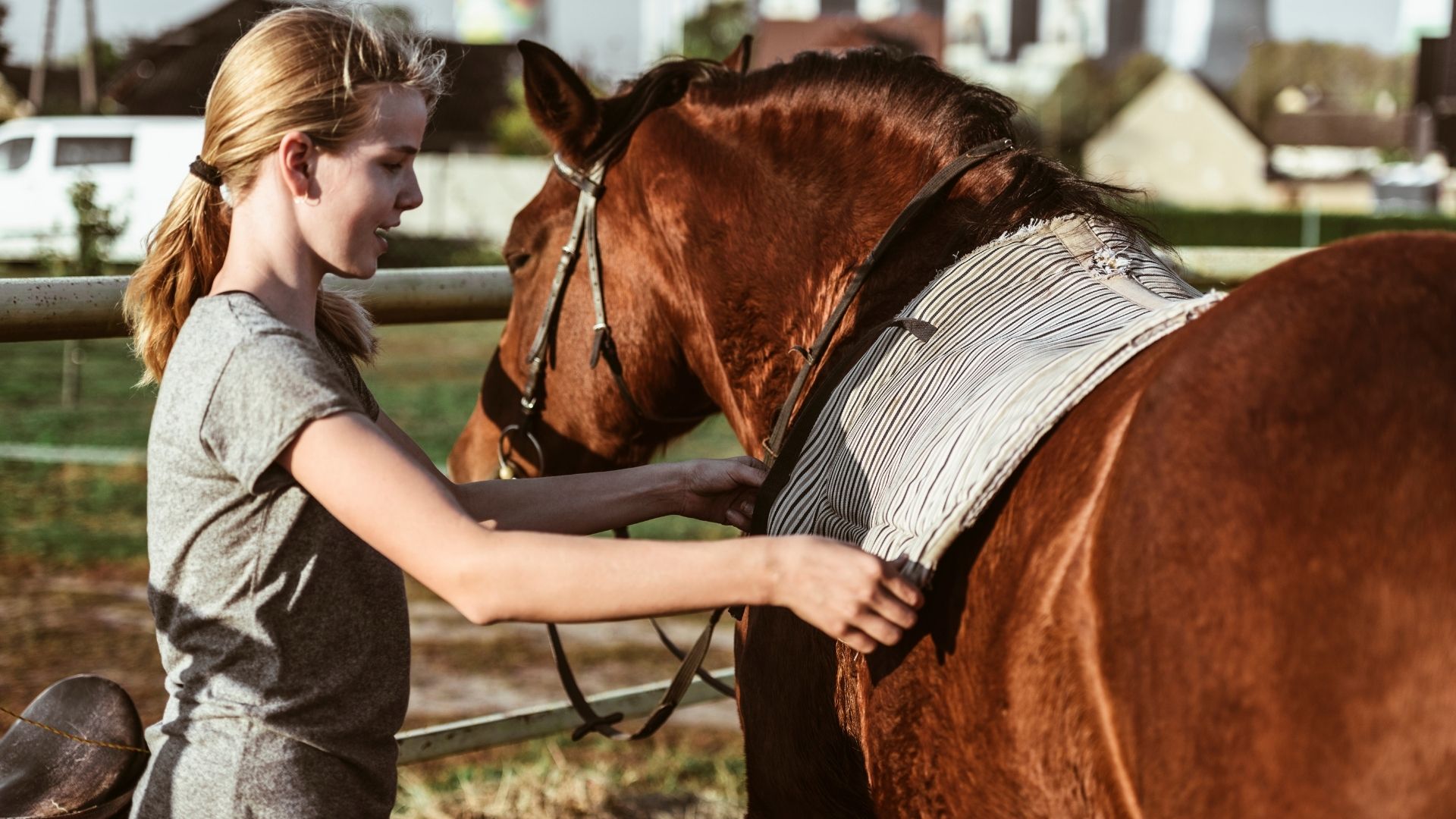Training a young horse is a rewarding but challenging experience. With the right techniques and a lot of patience, you can lay the foundation for a long, happy relationship with your equine friend. In this article, we’ll break down the steps to train a young horse effectively. With keywords like “horse training,” “young horse,” “training techniques,” and “step-by-step guide,” this comprehensive article will become your go-to resource for training young horses.
Assessing Readiness: When is the Right Time to Start Training?
Before you start training, it’s essential to determine whether your young horse is ready for training. Look for signs of physical maturity and consult your vet for an evaluation. Generally, horses are ready for ground training as yearlings but should only be ridden once they’re around two or three years old, depending on the breed.
Equipment You’ll Need
- Halter: A well-fitted halter is essential for control and leading.
- Lead Rope: For guiding and control.
- Lunge Line: Useful for lunging exercises.
- Saddle and Bridle: Needed only once you start riding.
- Whip or Crop: To use as an extension of your arm for cues, not for punishment.
Step 1: Establishing Trust and Leadership
Start by spending time with the horse in its environment. Your aim is to become the young horse’s trusted leader. Simple exercises like leading the horse around the pen, grooming, or even just sitting near the feeding area can help establish a bond.
Step 2: Basic Groundwork
- Leading Exercises: Walk beside your horse holding the lead rope and halt occasionally. The horse should stop when you do.
- Backing Up: Apply slight backward pressure on the lead rope to teach the horse to move backward.
Step 3: Lunging and Desensitization
- Lunging: Use a lunge line to have the horse walk, trot, and canter in a circle around you. This helps develop balance and rhythm.
- Desensitization: Expose your horse to various stimuli like bags, flags, or even just different ground textures to build confidence.
Step 4: Introduction to Tack
Introduce the saddle and bridle gradually. Start by placing the saddle pad, followed by the saddle. Use positive reinforcement like treats or gentle pats to reward acceptance. The same goes for the bridle and bit.
Step 5: First Mount and Dismount
Have someone hold the horse while you mount for the first time. Keep the first session short, and make sure to dismount and remount a couple of times to get the horse used to the process.
Step 6: Basic Riding Exercises
Once the horse is comfortable with you on their back, you can start with basic riding exercises:
- Walk: Start with a simple walk. Use soft aids and keep the sessions short.
- Trot: As the horse gets more comfortable, you can move on to a trot.
Step 7: Consistent Training and Professional Help
Consistency is key in horse training. Make sure you train regularly but also allow rest days for your horse to recover. Don’t hesitate to seek professional help if you encounter challenges.
Step 8: More Advanced Techniques
Once your horse has mastered the basics, you can move on to more advanced techniques like cantering, simple jumps, or even obstacle training, depending on your ultimate riding goals.
Common Mistakes to Avoid
- Rushing the Process: Training a young horse takes time. Rushing can lead to bad habits and mistrust.
- Inconsistency: Consistency in commands and rewards is crucial for effective training.
- Skipping Groundwork: Groundwork is the foundation for all further training. Don’t skip it.
Conclusion
Training a young horse is a long-term commitment that requires patience, consistency, and a solid understanding of equine behavior. By following this step-by-step guide, you are well on your way to nurturing a trusting and skilled equine partner. Remember, each horse is unique, so feel free to adapt these steps according to your horse’s personality and needs. Happy training!
